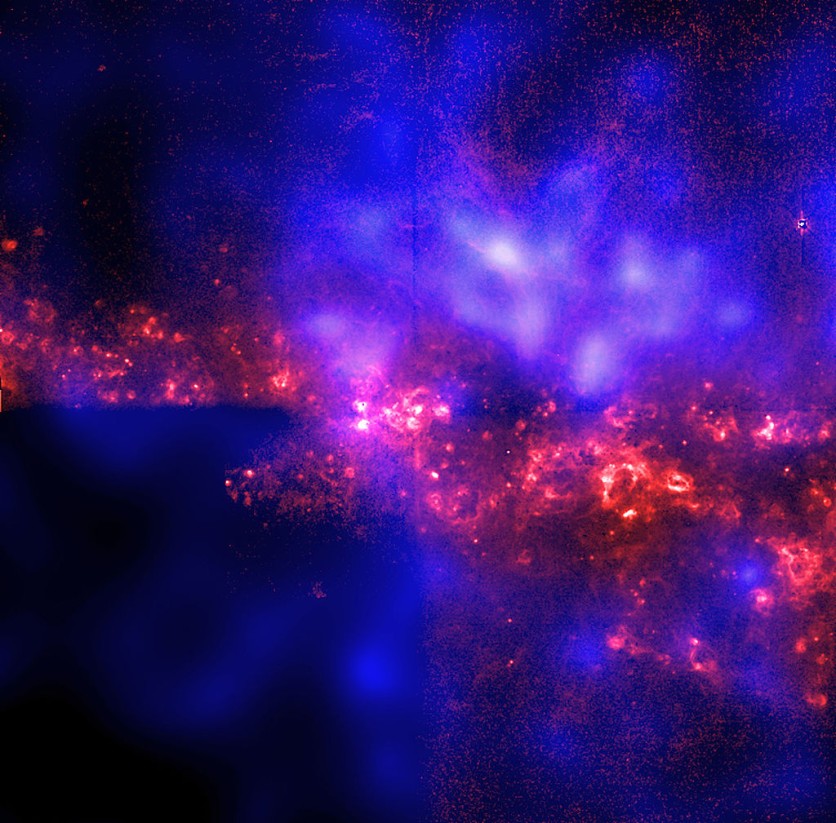On October 9, 2022, astronomers were shown an unusually bright and long-lasting pulse of high-energy radiation that swept over Earth, according to a statement from NASA.

The source of the pulse was a Gamma-Ray Burst (GRB), which is one of the most luminous events ever known. NASA realized that it was taking place when their Fermi Gamma-ray Space Telescope, Neil Gehrels Swift Observatory, and Wind spacecraft detected a wave of x-rays and gamma rays that were passing through the solar system, according to Interesting Engineering.
Astronomers traced the signal back to Sagitta and estimated that it traveled 1.9 billion years to reach Earth. They believe that this signals the beginnings of a new black hole formed by a massive star collapsing under its own weight.
When this happens, a black hole drives particles traveling near the speed of light and piercing through the star, thus, emitting gamma rays and X-rays.
Opens an Opportunity for Experiments
The event also provided astronomers with the opportunity to observe a link between two experiments on the International Space Station-NASA's NICER X-ray telescope and the Monitor of All-sky X-Ray Image (MAXI), a Japanese detector. These two instruments brought together were called Orbiting High-energy Monitor Alert Network (OHMAN).
Also Read: Gamma-Ray Bursts Explained: Stardust and Unsteady Jets Used in 3D Simulation
New Insights
The event provided new insights into stellar collapse, the birth of a black hole, and how matter behaves and interacts near the speed of light. It also provided insights into the conditions in a distant galaxy.
Fermi's Large Area Telescope reported that it detected the burst over ten hours, partially because it's close to the planet. What makes it exciting is that it lets astronomers detect a lot of details that would otherwise be difficult to see.
The burst is actually among the most energetic and luminous bursts ever seen, despite the distance, which makes it even more exciting.
In comparison to other objects in the universe, the burst could help researchers trace the formation of black holes, stars, and the interaction of matter with the speed of light.
It also sheds light on the extremities of cosmic objects and the possibility of life forms from another planet.
GRBs are actually quite common, taking place about once every day. It is the most evident phenomenon associated with black holes, according to NASA. When a particularly large star goes supernova, it can collapse into a black hole, creating a burst of gamma rays and X-rays. The event can last anywhere from a few milliseconds to several minutes.
Astronomers can calculate the approximate distance of a gamma-ray burst from its redshift, which is a change in the wavelength of the light's frequency due to the expansion of the universe.
Related Article: How Did Gamma Ray Bursts Affect Extinction Events in Earth's Past?
This article is owned by Tech Times
Written by April Fowell
ⓒ 2025 TECHTIMES.com All rights reserved. Do not reproduce without permission.




